理解并解决Java异常处理中链式抛出问题
在Java的异常处理中,如果一个方法可能抛出多种类型的异常,那么可以使用链式抛出(Chaining Exceptions)。
链式抛出的基本步骤是:
抛出基本异常:这是最直接的异常抛出方式,例如
throw new Exception("描述")。将基本异常包装为自定义异常:如果需要更具体的错误信息或者封装的功能,可以创建新的异常类并继承自
Exception或其子类。例如:
public class CustomException extends Exception {private String message;public CustomException(String message) {this.message = message;super(message);}@Overridepublic String getMessage() {return message != null ? message : super.getMessage();}}
- 使用链式抛出:在可能抛出多种异常的代码块中,使用
try-catch块分别捕获并处理每种异常。例如:
public void handleExceptions(String input) {try {// 验证输入if (!isValidInput(input)) {throw new CustomException("Invalid input!");}// 处理逻辑processLogic(input);} catch (CustomException e) {System.out.println(e.getMessage());} catch (Exception e) {System.out.println("An unexpected error occurred: " + e.getMessage());}}
这样,你就可以在单个方法中处理多种类型的异常了。


























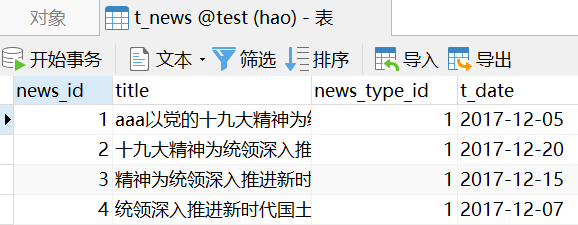
![vue 报错 [Vue warn]: Duplicate keys detected: 'a'. This may cause an update error. vue 报错 [Vue warn]: Duplicate keys detected: 'a'. This may cause an update error.](https://image.dandelioncloud.cn/images/20230531/2d80bd18d31e4608a6dee1e2add77ba8.png)
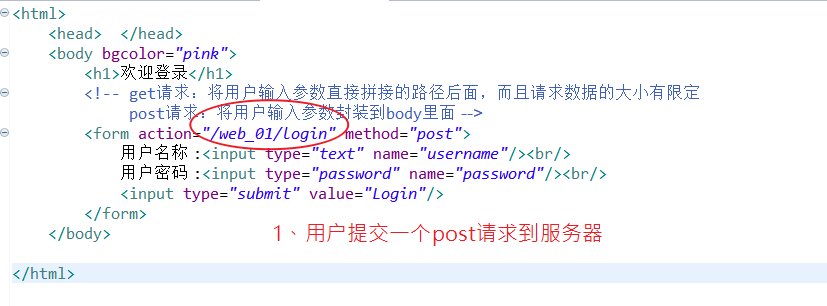
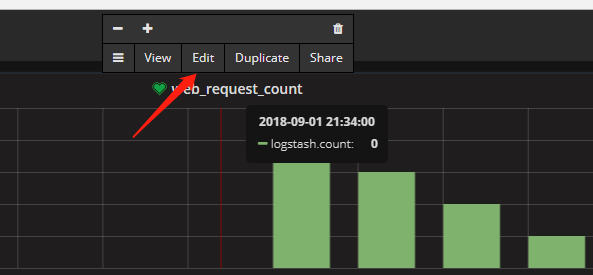
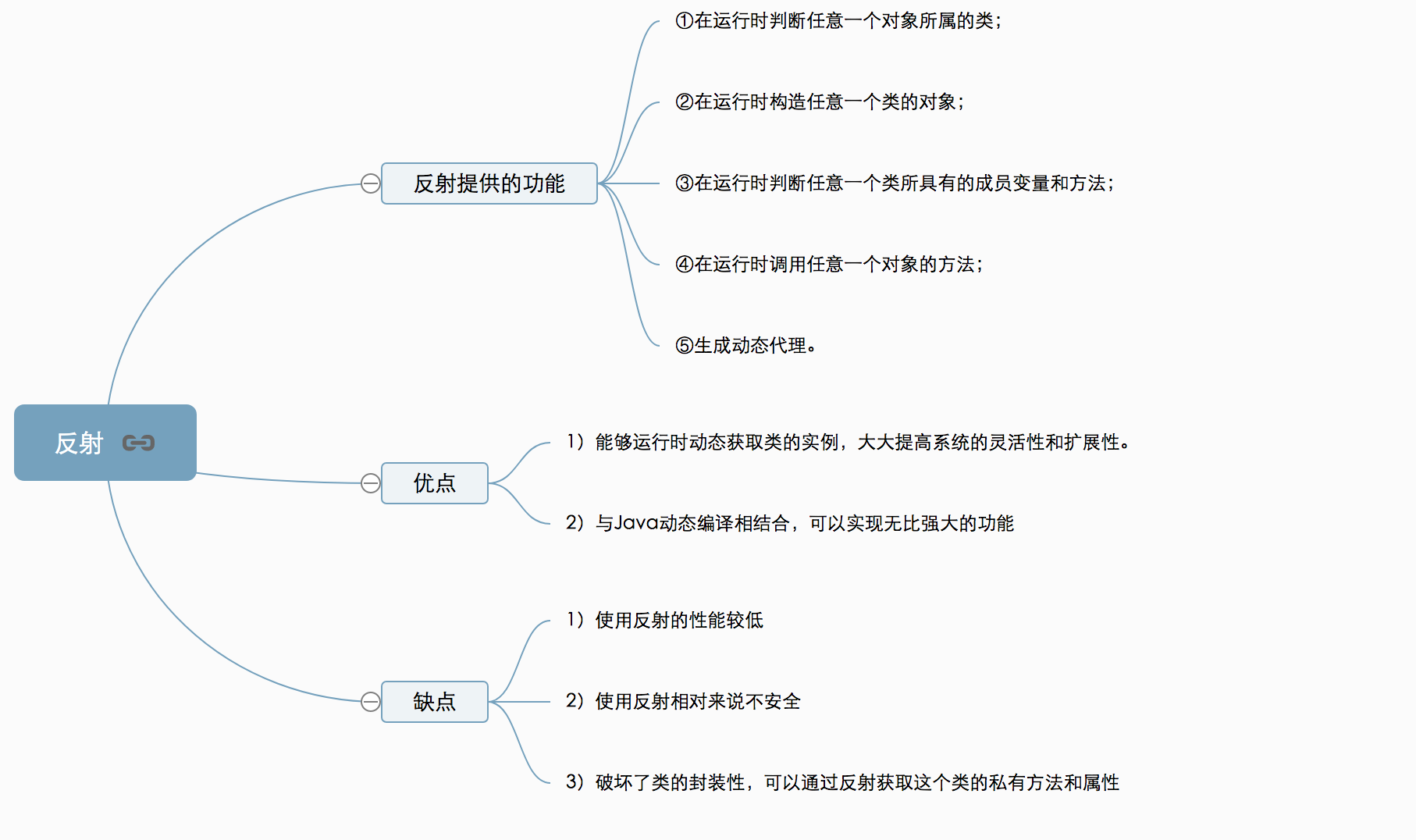
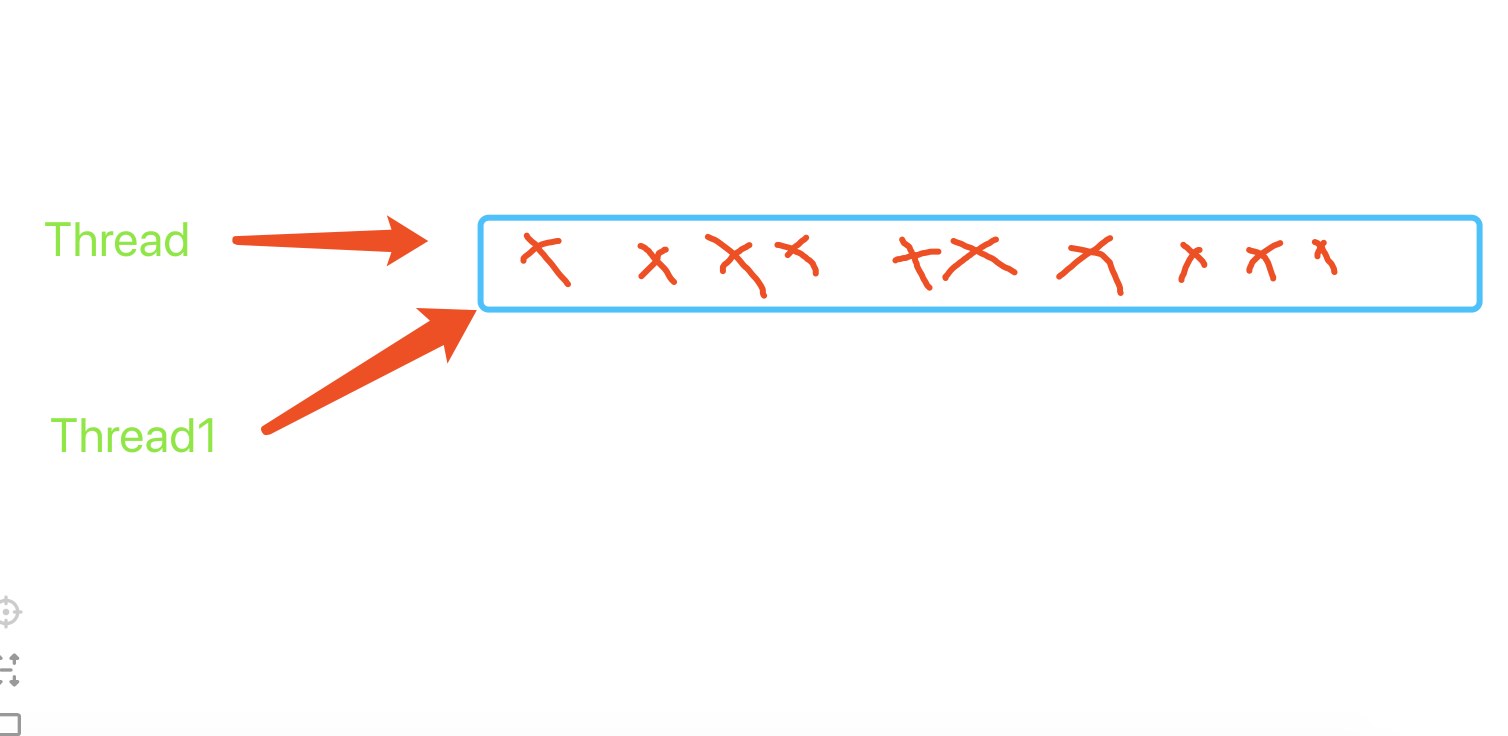



还没有评论,来说两句吧...